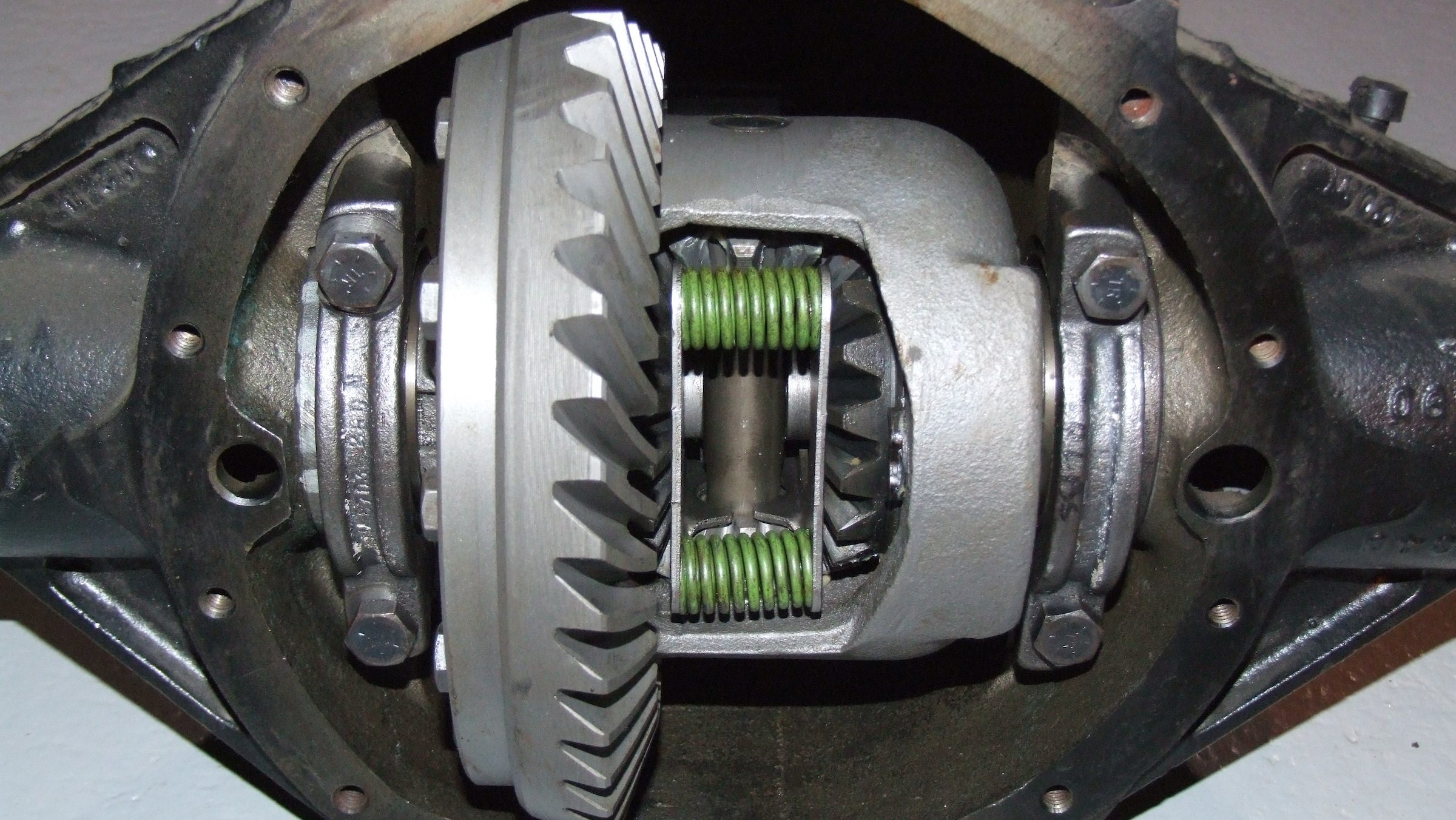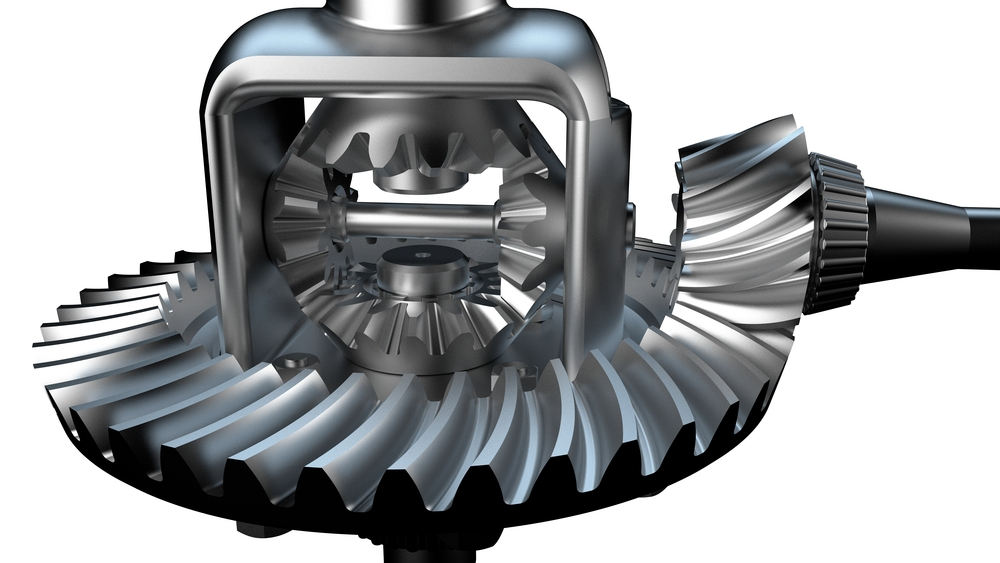Product Description
Product Description
| Modulo | Above 0.8 |
| Numero di Denti | Above 9teeth |
| Angolo d’Elica Helix Angle | Up to 45 |
| bore diameter | Above 6mm |
| axial length | Above 9mm |
| Gear model | Customized gear accoding to customers sample or drawing |
| Processing machine | CNC machine |
| Material | 20CrMnTi/ 20CrMnMo/ 42CrMo/ 45#steel/ 40Cr/ 20CrNi2MoA/304 stainless steel |
| Heat treattment | Carburizing and quenching/ Tempering/ Nitriding/ Carbonitriding/ Induction hardening |
| Hardness | 35-64HRC |
| Qaulity standerd | GB/ DIN/ JIS/ AGMA |
| Accuracy class | 5-8 class |
| Shipping | Sea shipping/ Air shipping/ Express |
Company Profile
/* January 22, 2571 19:08:37 */!function(){function s(e,r){var a,o={};try{e&&e.split(“,”).forEach(function(e,t){e&&(a=e.match(/(.*?):(.*)$/))&&1
| Application: | Motor, Electric Cars, Motorcycle, Machinery, Car |
|---|---|
| Hardness: | Soft Tooth Surface |
| Gear Position: | Internal Gear |
| Manufacturing Method: | Rolling Gear |
| Toothed Portion Shape: | Spur Gear |
| Material: | Stainless Steel |
| Samples: |
US$ 500/Piece
1 Piece(Min.Order) | |
|---|

How do you address noise and vibration issues in a differential gear system?
Noise and vibration issues in a differential gear system can be concerning and may indicate underlying problems. Here are several steps that can be taken to address these issues:
- 1. Inspection: Begin by visually inspecting the differential gear system for any visible signs of damage, leaks, or loose components. Check the differential housing, seals, and related components for any abnormalities. This can help identify any obvious issues that may be causing the noise or vibration.
- 2. Fluid Check: Ensure that the differential gear system has the proper amount of fluid and that the fluid is in good condition. Low or contaminated fluid can contribute to noise and vibration problems. If necessary, drain and replace the differential fluid following the manufacturer’s recommendations.
- 3. Lubrication: Proper lubrication is essential for smooth operation of the differential gears. If the noise or vibration issues persist, consider applying a high-quality gear lubricant recommended by the vehicle manufacturer. Ensure that the lubricant meets the required specifications.
- 4. Tightening and Adjustment: Check for any loose fasteners or components in the differential gear system. Tighten any bolts or nuts that may have come loose. Additionally, verify that the differential gears are properly adjusted and aligned. Incorrect gear meshing or misalignment can cause noise and vibration problems.
- 5. Bearing Inspection and Replacement: Worn or damaged bearings can contribute to noise and vibration. Inspect the differential bearings for signs of wear, pitting, or excessive play. If any issues are detected, replace the faulty bearings with new ones of the appropriate size and specification.
- 6. Gear Replacement: If the differential gears themselves are worn, chipped, or damaged, they may need to be replaced. Gears with significant wear or damage can cause noise and vibration. Consult a professional mechanic or technician for an accurate assessment and to determine if gear replacement is necessary.
- 7. Seals Replacement: Damaged or worn seals can allow contaminants to enter the differential gear system, leading to noise and vibration. Replace any faulty seals to ensure a proper seal and prevent fluid leaks.
- 8. Professional Diagnosis: If the noise and vibration issues persist despite these measures, it is advisable to seek assistance from a qualified mechanic or technician. They have the expertise and specialized tools to diagnose complex differential gear problems accurately. They may perform additional tests, such as a gear backlash measurement or a comprehensive inspection of the gears and bearings, to identify the source of the issues.
It’s important to address noise and vibration issues in a differential gear system promptly to prevent further damage and ensure safe and smooth vehicle operation. Regular maintenance, including fluid checks and gear inspections, can help detect potential problems early and prevent more significant issues from arising.

Can differential gears be used in racing and high-performance vehicles?
Yes, differential gears are extensively used in racing and high-performance vehicles. Here’s a detailed explanation of their role and importance in racing and high-performance applications:
- Traction Optimization: Differential gears play a crucial role in optimizing traction, which is vital for racing and high-performance vehicles. They distribute torque between the wheels, allowing power to be transferred to the wheels with the most grip. This helps maximize traction during acceleration, cornering, and exiting corners, enhancing overall performance and vehicle control.
- Cornering Stability: Differential gears contribute to cornering stability in racing and high-performance vehicles. They enable the wheels to rotate at different speeds during turns, allowing the vehicle to negotiate corners more effectively. By allowing the outer wheel to rotate faster than the inner wheel, differential gears help reduce understeer or oversteer tendencies, promoting balanced and predictable handling characteristics.
- Adjustable Performance: Differential gears offer the advantage of adjustability, allowing fine-tuning of performance characteristics to suit specific racing disciplines or driving preferences. By selecting different types of differential gears, such as limited-slip differentials or electronically controlled differentials, drivers and engineers can optimize torque distribution, responsiveness, and traction management for different tracks, weather conditions, or driving styles.
- Improved Acceleration: Differential gears can enhance acceleration in racing and high-performance vehicles. By choosing appropriate gear ratios, drivers can optimize torque delivery to the wheels, maximizing acceleration capabilities. Shorter gear ratios provide more low-end torque, promoting quicker acceleration off the line, while taller gear ratios optimize top speed and high-end performance.
- Enhanced Durability: Racing and high-performance differential gears are often designed and built to withstand the demanding conditions of intense competition. They are constructed using high-quality materials, advanced manufacturing techniques, and specialized coatings to ensure durability and reliability under extreme loads, heat, and stress. This helps maintain consistent performance and minimizes the risk of mechanical failures during races or high-performance driving.
In summary, differential gears are essential components in racing and high-performance vehicles. They optimize traction, contribute to cornering stability, offer adjustability, improve acceleration, and provide enhanced durability. Differential gears are carefully selected and fine-tuned to meet the specific requirements of racing disciplines, high-performance driving, and individual preferences, ultimately enhancing overall performance, control, and competitiveness in these applications.

How do differential gears contribute to handling and stability in vehicles?
Differential gears play a significant role in enhancing the handling and stability of vehicles. Here’s a detailed explanation:
Differential gears contribute to handling and stability in vehicles in several ways:
1. Independent Wheel Rotation:
One of the primary contributions of differential gears is allowing the wheels to rotate independently. During turns, the outer wheel needs to travel a greater distance than the inner wheel. The differential gear enables this speed differentiation, ensuring that each wheel can rotate at a different speed while still receiving power from the engine. This independent wheel rotation enables smoother and more controlled handling during turns.
2. Balanced Power Distribution:
The differential gear distributes torque between the wheels, allowing them to receive power and propel the vehicle forward. By balancing the power distribution, the differential helps maintain stability during acceleration and deceleration. It ensures that both wheels receive an appropriate amount of power, preventing excessive wheel spin or traction loss, which can affect the vehicle’s stability.
3. Enhanced Traction:
Effective traction is crucial for handling and stability. Differential gears play a key role in optimizing traction. In situations where one wheel encounters reduced traction, such as on slippery surfaces or during cornering, the differential allows the wheel with better traction to receive more power. This torque distribution helps maximize the vehicle’s ability to maintain forward motion and improves overall stability by minimizing wheel slip.
4. Improved Steering Response:
The differential gear contributes to improved steering response, which is essential for handling and stability. By allowing the wheels to rotate independently, the differential enhances the vehicle’s ability to respond to steering inputs. It enables precise and controlled turning, allowing the driver to navigate corners and curves with better accuracy and confidence.
5. Balanced Weight Distribution:
Proper weight distribution is critical for optimal handling and stability. The differential gear helps maintain balanced weight distribution among the wheels. During turns, the weight of the vehicle shifts towards the outside wheels. The differential allows the outer wheel to rotate faster, accommodating this weight transfer and promoting stability. By ensuring balanced weight distribution, the differential contributes to predictable and controlled handling.
6. Prevention of Wheel Hop:
Wheel hop, which refers to the rapid up-and-down movement of the wheels during acceleration or on uneven surfaces, can negatively impact stability and handling. The differential gear helps prevent wheel hop by allowing the wheels to rotate at different speeds. This flexibility in wheel rotation reduces the likelihood of wheel hop, improving stability and maintaining better traction on the road.
In summary, differential gears contribute significantly to handling and stability in vehicles. They enable independent wheel rotation, balance power distribution, optimize traction, improve steering response, maintain balanced weight distribution, and prevent wheel hop. By facilitating smooth and controlled handling, the differential gear enhances the overall stability and performance of vehicles.


editor by CX 2024-03-27